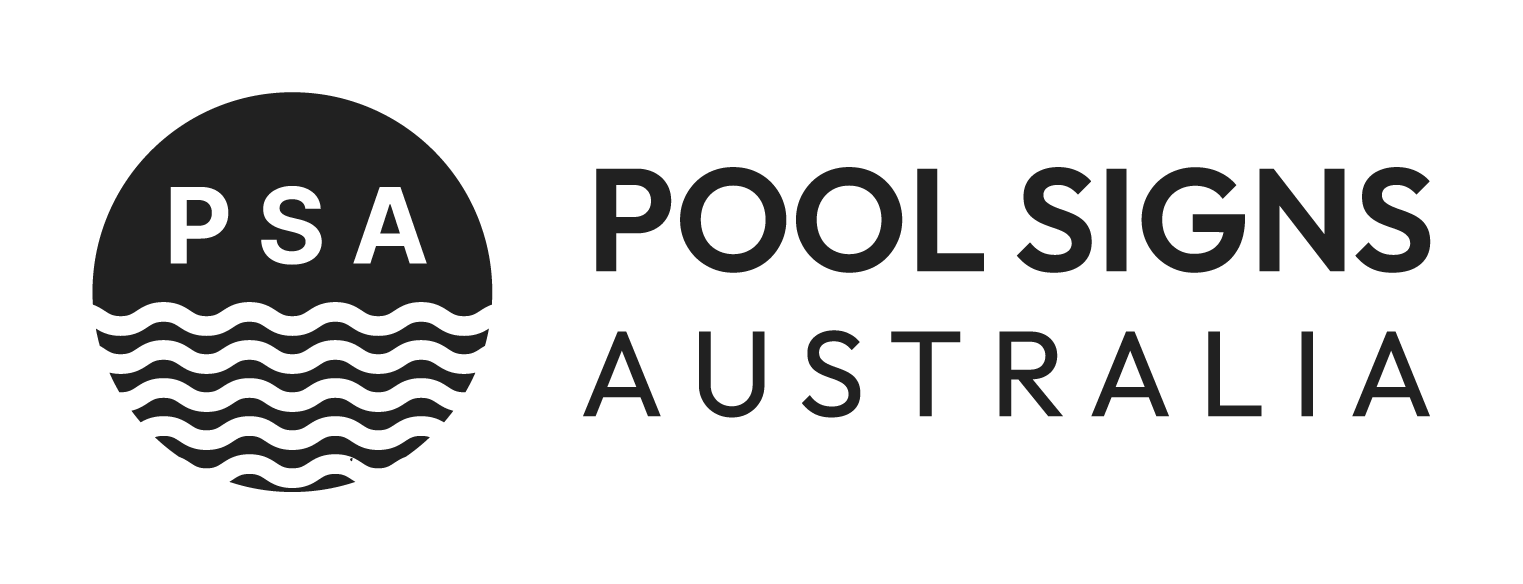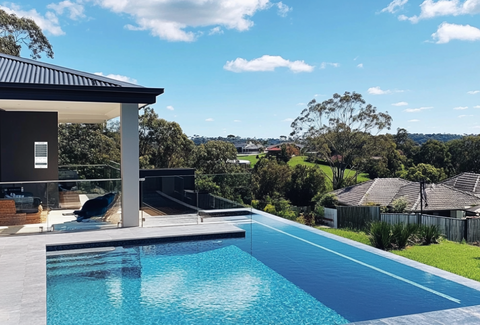In Australia, swimming pools are a common and desirable feature of hotel and resort accommodation. They offer guests the perfect place to relax, unwind, and enjoy their stay—especially in warmer climates. However, along with the luxury of offering a pool comes a significant responsibility: ensuring the safety of every guest who steps into the pool area.
One of the most critical, yet often overlooked, aspects of pool safety is compliant pool signage. From lifesaving CPR instructions to hazard warnings and depth indicators, signage plays a vital role in protecting lives and reducing liability. For hotels across Australia, understanding and implementing the correct signage is both a legal requirement and a vital component of guest safety and risk management.
Why Pool Signage Matters in Hotel Settings
Unlike residential pools, hotel pools are used by a wide range of individuals—many of whom may not be familiar with pool safety protocols, swimming conditions, or even the rules specific to Australian regulations. This includes international tourists, children, elderly guests, and people with limited swimming abilities.
Pool signage serves as:
-
A legal obligation under state laws and local council regulations.
-
An educational tool to inform users about safety practices and emergency procedures.
-
A risk management strategy to minimise hotel liability in case of an incident.
- A lifesaving asset during emergencies, especially when trained staff are not immediately available.
Failing to provide clear, visible, and legally compliant signage can have tragic consequences and expose hotels to legal action, reputational damage, and hefty fines.
National Standards and State-Based Requirements
In Australia, pool safety legislation is governed at the state and territory level, meaning the specific requirements for signage vary depending on location. However, many of the principles are consistent nationwide, aligning with national standards and supported by SPASA—the Swimming Pool & Spa Association of Australia.
Common requirements across most states and territories include:
-
CPR signage that outlines resuscitation procedures using the DRSABCD method.
-
Depth markers clearly identifying changes in pool depth.
-
Safety warnings, such as "No Diving," "Children Must Be Supervised," or “No Lifeguard on Duty.”
-
Emergency contact details or directions to the nearest phone or help point.
- Instructional signage for spas, saunas, or heated pools (e.g., maximum occupancy, recommended usage time).
It’s important to note that Queensland and New South Wales have some of the most prescriptive signage laws in the country, particularly concerning CPR instructions and pool fencing.
CPR Signage: A Non-Negotiable Requirement
One of the most vital pieces of signage required for any hotel pool in Australia is the resuscitation (CPR) sign. This signage must be:
-
Easily visible from anywhere within the pool area.
-
Weather-resistant and securely mounted.
-
Legible and displayed in contrasting colours for readability.
- Updated with current first aid procedures based on Australian Resuscitation Council guidelines.
In Queensland and NSW, CPR signs must comply with specific regulations—in Queensland, this includes following the guidelines set out in the Queensland Development Code MP 3.4, while in NSW it is governed by the Swimming Pools Regulation 2018.
Many states also specify a minimum size for the CPR sign and detail the font type, layout, and whether diagrams must be included.
Additional Signage Requirements for Hotels
Beyond CPR signage, hotels must consider several other signs to maintain full compliance and promote safety. These may include:
1. Warning Signs
-
“No Diving” in shallow areas.
-
“Slippery When Wet” near wet surfaces.
-
“No Running or Rough Play.”
These are especially important in preventing accidents caused by inappropriate behaviour or misjudging pool depth.
2. Depth Markers
Depth markers should be placed:
-
On the pool edge at regular intervals.
-
At points where the depth changes significantly.
-
On vertical pool walls (where visible) and surfaces like decks or coping.
They should be in metres (e.g., “0.9m”) and easy to read.
3. Supervision Notices
If a lifeguard is not on duty, signs such as:
-
“This Pool is Not Supervised”
- “Children Under 12 Must Be Accompanied by an Adult”
…are crucial. These are especially important in hotels, where families with children are common guests.
4. Spa and Sauna Signage
Hotels offering spas, saunas, or hot tubs must include signage indicating:
-
Maximum occupancy.
-
Recommended usage time.
-
Temperature warnings (e.g., for pregnant women or guests with heart conditions).
- Instructions for turning equipment on or off.
SPASA’s Role in Pool Signage Compliance
As the leading industry body for the pool and spa sector in Australia, SPASA plays a key role in supporting hotels and other commercial operators in maintaining compliant and safe environments.
SPASA:
-
Provides templates and signage packages that meet current legal and industry standards.
-
Accredits suppliers and contractors who can assess and install compliant signage.
-
Offers training and certification for pool safety inspections.
-
Advocates for updated legislation and consistent national safety practices.
- Partnering with a SPASA-accredited provider ensures hotels stay ahead of legislative changes and avoid common signage pitfalls.
Common Pitfalls Hotels Should Avoid
-
Outdated CPR signage that doesn’t reflect current medical guidance.
-
Faded or damaged signs that are hard to read.
-
Signs obstructed by plants, furniture, or decorations.
-
Missing depth markers or incorrect metric labels.
- Failure to display signage in multiple languages, especially in high-tourism zones.
Proactive management—including regular inspections and scheduled updates—can prevent these issues and keep guests safe.
Insurance and Legal Liability
In the event of an accident or drowning incident, inadequate signage may significantly impact insurance claims and increase liability exposure for the hotel. Courts often examine whether proper safety procedures were in place, including signage visibility and relevance.
Having the right signage helps establish that duty of care has been fulfilled and can serve as a protective measure against negligence claims.
Best Practices for Hotel Operators
-
Conduct annual pool safety inspections, including signage review.
-
Ensure all signs are compliant with current state regulations.
-
Use SPASA-approved signage providers.
-
Include multilingual signage in high-tourist areas.
- Incorporate signage into your staff training and emergency procedures.
Final Thoughts
Pool signage might seem like a small detail, but for hotels in Australia, it plays a major role in saving lives, minimising risk, and complying with the law. Whether you're running a boutique coastal hotel or a large resort, ensuring that every pool, spa, or sauna is properly signed is not optional—it’s essential.
By following the correct regulations, partnering with SPASA-accredited professionals, and maintaining clear, visible, and current signage, hotels can provide a safe and enjoyable experience for all guests while protecting themselves from unnecessary legal risk.




